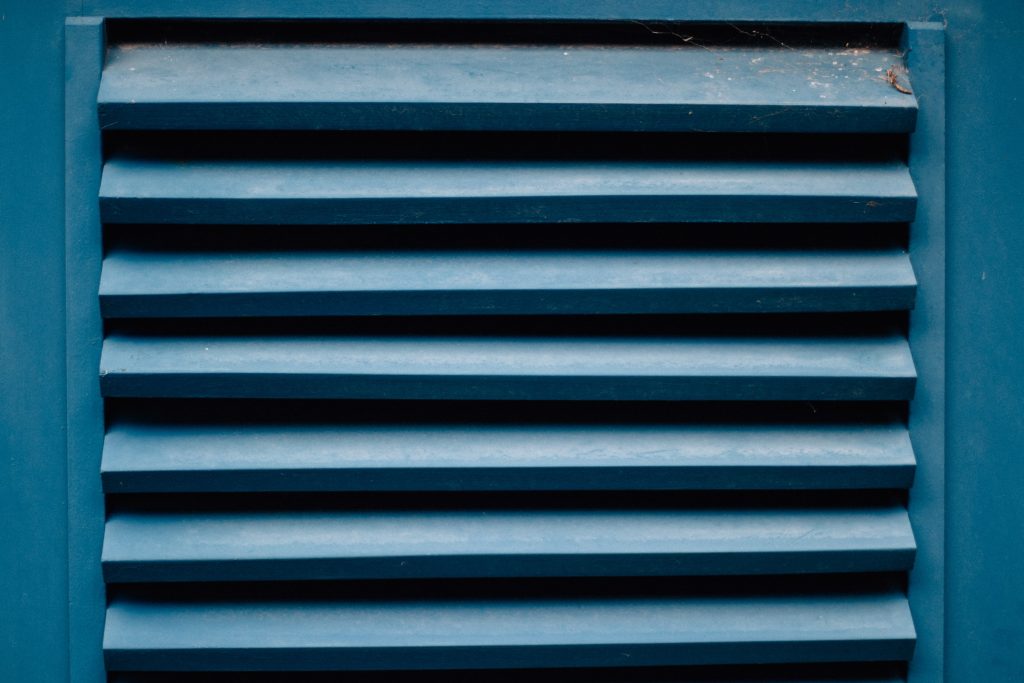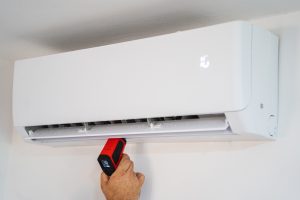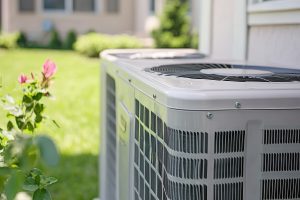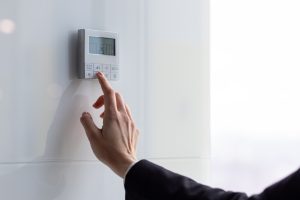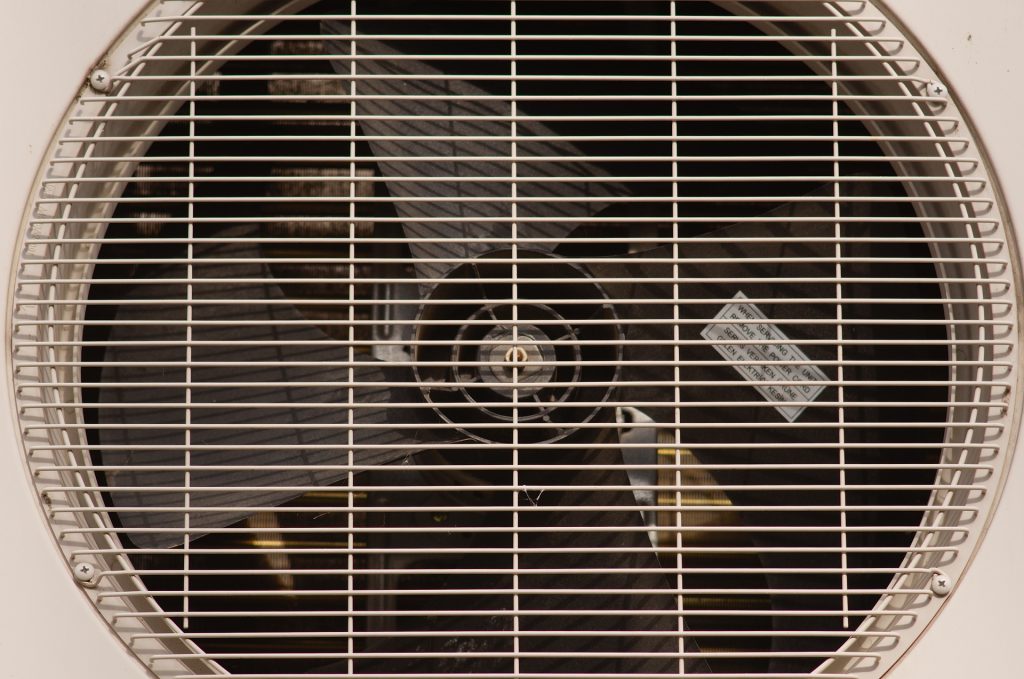Many people don’t realize that the air quality in their homes can significantly impact their health. This is particularly true if they have allergies or chemical sensitivities, but it also affects those who do not suffer from these conditions.
So, how can you improve indoor air quality?
To improve indoor air quality at home, you need to identify what sources of contaminants are present and take action accordingly. The most common culprits include tobacco smoke, mold spores, dust mites, and pet dander. You can read our guide on how to test air quality in your home to learn more.
Make sure you have a good air purifier and clean the filters regularly. The best solution might be to remove or avoid these potential allergens altogether, especially if you have any known allergies. Let’s talk about how you can eliminate these harmful substances and learn how to improve air quality in your home today.
Upgrade to a new AC/Furnace
Sometimes an AC or furnace can cause poor air quality. For example, if you have an older home and the previous homeowners were smokers, your unit has likely absorbed these odors. Replacing a furnace or AC will help improve air quality in this situation.
What’s more, new units are far more energy-efficient than their older counterparts, so that means you will save money on your monthly utility bill.
Remember that when searching for a new unit, you should speak with your local HVAC experts to get recommendations. We can help you install an AC or furnace in your home and give you other excellent tips for improving the air quality.
Thoroughly clean your AC/Furnace
If your AC and furnace are in good working order but still have unhealthy air quality, it is probably due to build-up. An excellent way to check for this would be by turning the furnace on and letting it run without heating anything for a few minutes. After that period has passed, open some windows or doors in your home if possible.
If there are no changes in pressure inside of the room with the running unit, then the chances are high that there is build-up within your system, which can cause future problems, including decreased efficiency.
It can be hard to find this build-up, however. This is why you should get a professional out to clean your AC/Furnace.
Clean the vents throughout your home
Keeping air ducts clean can be beneficial for many different reasons.
Cleaning out these areas will decrease chances for allergen build-up, which equals a healthier living space overall. However, the cost to have professionals come and perform this service may seem costly.
Still, over time, it could save you money on health-related issues and energy bills if there are no blockages within the system itself because cleaning does so much more than just keep things fresh inside of your house. It also helps circulate cold or hot air better throughout rooms.
Open windows for fresh air and sunlight
Opening your windows can allow fresh air to circulate in your home, especially if you live on a busy road or near an industrial area.
However, air pollution can be a significant factor if you have allergies, and opening windows does not entirely solve the problem.
By only opening the windows when the air outside is still, you can avoid this hassle. Try to open your windows for at least 15 minutes every day to increase air quality.
Use an air purifier to remove allergens in the home
This is a game-changer for many people. Whether you want to improve air quality because you suffer from allergies or because you live in an area with poor air quality, an air purifier should be considered.
An air purifier can remove allergens like pollen and dander from the home, reducing the number of irritants floating around inside it. This helps reduce allergy symptoms and promotes comfortable living.
Install a humidifier to add moisture back into dry air
Humidifiers are a great way to add moisture back into dry air, the leading cause of poor indoor air quality. A humidifier adds humidity by releasing water vapor during the heating process and will work best if your home’s thermostat is set between 60°F -70°F.
A cool-mist humidifier works very differently from a warm-mist one because it uses cold water instead of hot, so there are no mineral deposits or white dust that come with using this type with any humidifier.
However, these should be cleaned regularly and before the winter months when you use them less often. This can be done by rinsing out all components every few weeks with vinegar and then running an empty cycle to remove residue build-up inside.
Conclusion
Now you know how to improve air quality in your home to help yourself and your family members breathe easier. These tips will help homeowners reduce harmful pollutants, irritants, and allergens that can contribute to allergies, asthma, and other potential health problems.
Homeowners should first identify the contaminants present in their home and then work toward investing in the best solution for improving indoor air quality. With indoor air quality solutions such as upgrading to a new AC/furnace, cleaning air ducts, installing a humidifier, and more, homeowners can rest assured they are taking the necessary steps to create a healthy home environment.


